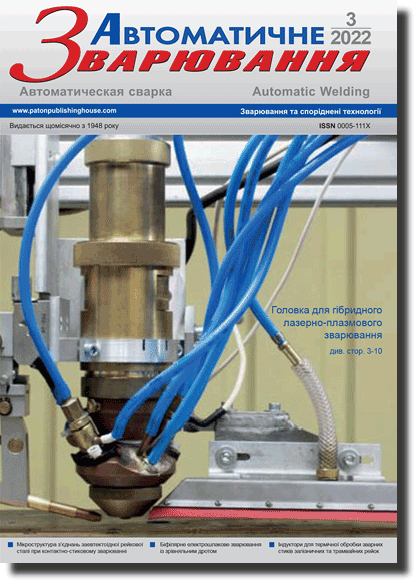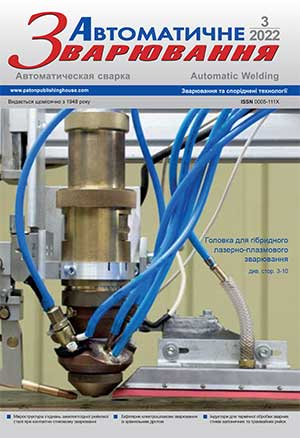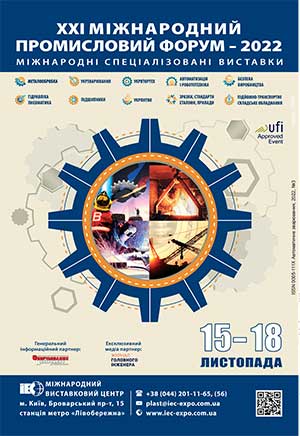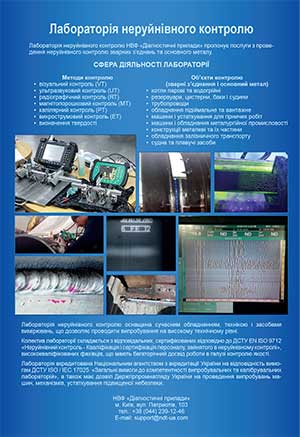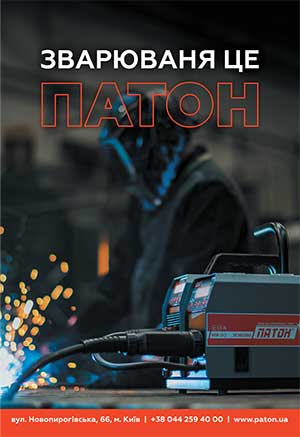| 2022 №03 (01) |
DOI of Article 10.37434/as2022.03.02 |
2022 №03 (03) |
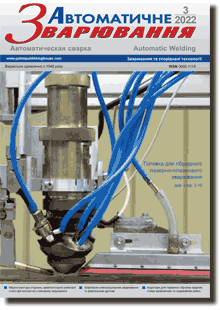
Журнал «Автоматичне зварювання», № 3, 2022, с. 19-25
Вплив режимів зварювання на зневуглецювання в зоні термічного впливу сталі Р91 в зварних з’єднаннях різнорідних сталей після високого відпуску
М.О. Німко, В.Ю. Скульський, А.Р. Гаврик, І.Г. Осипенко, Т.В. Іваненко
ІЕЗ ім. Є.О. Патона НАН України. 03150, м. Київ, вул. Казимира Малевича, 11. E-mail: office@paton.kiev.ua
Внаслідок різниці в хімічному потенціалі вуглецю після відпуску та при високотемпературній експлуатації в зварних з’єднаннях різнорідних сталей відбувається міграція вуглецю з менш легованої сталі в більш леговану. Зневуглецювання в пришовній ділянці ЗТВ менш легованої сталі може призводити до утворення експлуатаційних дефектів та послідуючих руйнувань. З теорії масопереносу відомо, що в полікристалічних тілах дифузія елементів вкорінення, в тому числі і вуглецю, найшвидше відбувається по границям зерен. Теоретично зменшення дифузії вуглецю можна досягти за допомогою збільшення розмірів зерен в пришовній зоні ЗТВ, що призведе до зменшення загальної площі границь зерен на одиницю об’єму на цій ділянці. В роботі досліджували вплив кута нахилу електрода та сили зварювального струму при наплавленні аустенітного металу на сталь Р91 на ширину зневуглецьованого прошарку, що виникає при послідуючому відпуску при температурах 700 та 760 °С. Показано, що зі збільшенням кута нахилу електрода та сили струму наплавлення ширина результуючого зневуглецьованого прошарку зменшується. Бібліогр. 18, рис. 10.
Ключові слова: дифузія вуглецю, з’єднання різнорідних сталей, зона термічного впливу, зневуглецьований прошарок, границі зерен
Надійшла до редакції 17.01.2022
Список літератури
1. Lundin, C.D., Khan, K.K., Yang, D. (1995) Effect of carbon migration in Cr–Mo weldments on metallurgical structure and mechanical properties. Welding Research Council Bulletin, 407, 1–49.2. DuPont, J.N. (2012) Microstructural evolution and high temperature failure of ferritic to austenitic dissimilar welds. International Materials Reviews, 57(4), 208–234.
3. Dawson, K.E., Tatlock, G.J., Chi, K., Barnard, P. (2013) Changes in precipitate distributions and the microstructural evolution of P24/P91 dissimilar metal welds during PWHT. Metallurgical And Materials Transactions A, 44, 5065–5080.
4. Abe, F., Kern, T.-U., Viswanathan, R. (2008) Creep-resistant steels. Woodhead Publishing.
5. Helander, T., Andersson, H.C.M., Oskarsson, M. (2000) Structural changes in 12–2.25% Cr weldments – an experimental and theoretical approach. Materials at High Temperatures, 17(3), 389–396.
6. Brett, S.J. (2004) Type IIIa cracking in 1/2CrMoV steam pipework systems. Science and Technology of Welding and Joining, 9(1), 41–45.
7. Frei, J., Alexandrov, B.T., Rethmeier, M. (2019) Low heat input gas metal arc welding for dissimilar metal weld overlays part III: hydrogen-assisted cracking susceptibility. Welding in the World, 63, 591–598.
8. You, Y., Shiue, R.K., Shiue, R.H., Chen, C. (2001) The study of carbon migration in dissimilar welding of the modified 9Cr–1Mo steel. Journal of Materials Science Letters, 20, 1429–1432.
9. Karthick, K., Malarvizhi, S., Balasubramanian, V., Gourav Rao, A. (2018) Tensile properties variation across the dissimilar metal weld joint between modifi ed 9Cr–1Mo ferritic steel and 316LN stainless steel at RT and 550 °C. Metallography, Microstructure and Analysis, 7, 209–221.
10. Urzynicok, M., Jachym, R., Kwiecinski, K. et al. (2013) Application of EPRI87 in dissimilar welding austeniticmartensitic welded joints of TEMPALOY AA-1 and T92 steel grades. Advances in Materials Technology for Fossil Fuel Power Plants: Proceedings of the 7th International Conference, Waikoloa, Hawaii, USA, 992–1005.
11. Coleman, K., Gandy, D. (2007) Alternative fi ller materials for DMWs involving P91 materials. Advances in Materials Technology for Fossil Power Plants: Proceedings of the 5th International Conference, Marco Island, Florida, USA, 940–967.
12. Nimko, M.O. (2021) Infl uence of welding parameters on decarburization in heat aff ected zone of dissimilar weldments after post weld heat treatment. Archives of Materials Science and Engineering, 112(1), 23–31.
13. Defects/imperfections in welds – reheat cracking. Job knowledge for welders, 48, TWI, July 2000, 4 p. (www.twiglobal. com/technical-knowledge/job-knowledge/defectsimperfections-in-welds-reheat-cracking-048).
14. Tamura, M., Abe, F., Shiba, K. et al. (2013) Larson–Miller constant of heat-resistant steel. Metallurgical and Materials Transactions A, 44(6), 2645–2661.
15. Лахтин Ю.М. (1984) Металловедение и термическая обработка. Москва, Металлургия.
16. https://imagej.nih.gov/ij/
17. Mehrer, H. (2007) Diff usion in Solids. Fundamentals, Methods, Materials, Diffusion-Controlled Processes. Springer-Verlag.
18. Belova, I.V., Murch, G.E. (2001) The transition from Harrison type-B to type-A kinetics in grain-boundary tracer diff usion. Philosophical Magazine A, 81(10), 2447–2455.
Реклама в цьому номері:
Вартість передплати/замовлення на журнали або окремі статті
| журнал/валюта | річний комплект друкований |
1 прим. друкований |
1 прим. електронний |
одна стаття (pdf) |
| AS/UAH | 1800 грн. | 300 грн. | 300 грн. | 150 грн. |
| AS/USD | 192 $ | 32 $ | 26 $ | 13 $ |
| AS/EUR | 180 € | 30 € | 25 € | 12 € |
| TPWJ/UAH | 7200 грн. | 600 грн. | 600 грн. | 280 грн. |
| TPWJ/USD | 384 $ | 32 $ | 26 $ | 13 $ |
| TPWJ/EUR | 348 € | 29 € | 24 € | 12 € |
| SEM/UAH | 1200 грн. | 300 грн. | 300 грн. | 150 грн. |
| SEM/USD | 128 $ | 32 $ | 26 $ | 13 $ |
| SEM/EUR | 120 € | 30 € | 25 € | 12 € |
| TDNK/UAH | 1200 грн. | 300 грн. | 300 грн. | 150 грн. |
| TDNK/USD | 128 $ | 32 $ | 26 $ | 13 $ |
| TDNK/EUR | 120 € | 30 € | 25 € | 12 € |
AS = «Автоматичне зварювання» - 6 накладів на рік;
TPWJ = «PATON WELDING JOURNAL» - 12 накладів на рік;
SEM = «Сучасна електрометалургія» - 4 наклада на рік;
TDNK = «Технічна діагностика та неруйнівний контроль» - 4 наклада на рік.





